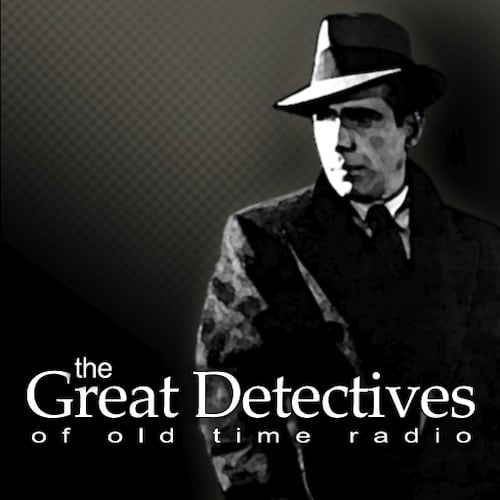Published more than a decade before A Study in Scarlet, The Moonstone was the first detective novel, although two decades after Edgar Allen Poe’s Dupin stories. In it, a young woman receives a fabulous Indian diamond (believed to be cursed and hunted by fanatical Hindu priests travelling incognito.) at her birthday party at her family’s country house. The diamond is stolen and the reactions of its owner and many other people are quite bizarre and mysterious.
There’s a lot to commend the story. The character of Gabriel Betteredge, the family is delightful, a character who is fiercely loyal to the family serves, old fashioned, is quirky, and opinionated, while also being very kind and decent. The two fifths of the book where he serves as narrator had me fully engaged with his love of Robinson Crusoe and his homespun philosophy. Sergeant Cuff, the independent detective called in to consult the case, really is a well-drawn early picture of that sort of consulting detective who’d taken the world by storm by the end of the 19th.
The mystery itself was interesting and had some fairly good twists. It’d be easy for many modern readers to view the novel as cliched, but it was all original back in 1868. The book is worth reading for its historic value as it provides key insights into the development of one the most popular forms of fiction ever devised.
In terms of how the book held up after nearly 150 years, I have mixed feelings. Collins was a good writer and most of the chapters were quite interesting, but he lacks that timeless quality of the best writers in that great era of British literature. The Moonstone uses multiple first-person narrators, each offering their own account of various events in the story. Some are there for scores of pages, some only one or two. The problem I had is I didn’t find many of these narrators compelling, and many I didn’t care about at all.
The Miss Clack chapters were the most tedious reading I had in a long time as Mr. Collins seemed to have gone off on a very long tangent about religious hypocrisy that seemed really unrelated to the story. The book really does seem to lose focus in the middle, and there’s way too much melodrama. The book could have easily been 100 pages shorter and been better for it.
Still, there’s no denying that the book was a groundbreaking work and that every fan of detective fiction owes a debt to Collins. As a mystery itself, there’s so much to commend the story even if it’s hurt by a few (by modern standards) questionable narrative decisions. Still, I found it more interesting as a historical artifact than as leisure reading.
Rating: 3.5 out of 5.0
If you enjoyed this post, you can have new posts about Detective stories and the golden age of radio and television delivered automatically to your Kindle.
